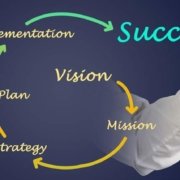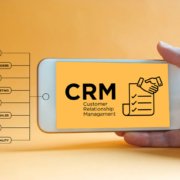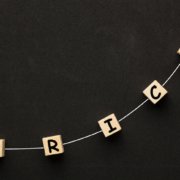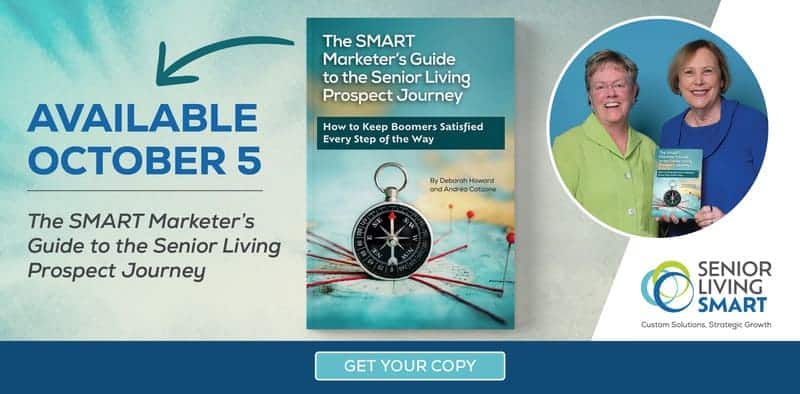Senior Living Sales Tips: 7 Networking Strategies That Work
An important component of every successful sales plan involves generating referrals from professional sources. Of course, balancing internal and external sales responsibilities can be challenging for even the most talented senior living sales reps.
Here are some best practices and other senior living sales tips to get the greatest results from your efforts.
1. Have Designated Days Established for Senior Living Sales Networking
Tuesday – Thursday are usually the best days to meet with referral sources. To ensure that you create more referral opportunities with healthcare sources, find out what day they hold their care planning/discharge planning meetings and schedule a visit right after.
2. When Possible, Start Your Day with Sales Calls
Once you set foot in the community, it is very difficult to get out! Going directly from home to networking events, scheduled sales calls, and cold calls will reduce the opportunity for other sales activities to distract you from prospecting.
3. Know the Difference Between a Sales Call and a Cold Call
A senior living sales call is a scheduled appointment with purpose. It is face to face and it serves to move your relationship with the referral source forward. To be effective, 50% of your sales calls should be scheduled in advance to ensure that you have a face-to-face appointment with a decision maker who influences referrals.
A cold call is an unscheduled face-to-face meeting with a decision maker who influences referrals. It involves having a conversation that moves the relationship forward.
Dropping off brochures, flyers, invitations, cookies, etc., does not qualify as a sales call or a cold call. You must have a face-to-face meeting/conversation with a decision maker or an influencer who can help you get to the decision maker.
4. Senior Living Sales – Understand Hunting and Farming
There are two ways to increase your business. You either have to get more business from your existing referral sources by going deeper in your accounts. Or you should find new pockets of untapped business. Finding new sources is hunting. Getting more business from established accounts is farming. Your week should be a combination of both hunting and farming.
The best way to hunt for more business is to ask every contact at every sales call who they know that you should be talking to. Statistically, every referral source you interact with has a network of 250 contacts. Ask them, “If you were me, who would you be talking to, or who would you want to meet?”
The best way to farm for more business is to ask your existing contacts who else you should introduce yourself to in their organization.
5. Don’t Spill All of Your Candy in the Lobby!!!!
Once you get the appointment, stick with your plan and time frame. It is very tempting to “dump” all of your information in the first visit and then have nothing to tell them in the next visit. On average, people only remember 7% of verbal communication.
6. Common Courtesy Goes a Long Way
- Call to confirm the appointment.
- Be on time.
- Come with a purpose that is meaningful to them.
- Stick with the agreed upon timeframe—they are busy!
7. It’s not about You!
The main goal for senior living sales calls is to learn about them—their role, their goals, their challenges, their business, who they would like to meet, how you can help them, what success looks like, how you can refer to them, and what resources would be valuable. Take an interest in them and they will take an interest in you.
As you nurture the relationship, you’ll learn about their interests outside of work, which will provide an opportunity to do something memorable that sets you apart. If a referral source brings their dog to work, bring biscuits or treats for your next meeting. If they love to eat out, bring a clipping of a new restaurant about to open. People like to do business with people they connect with. Be creative!
How does your community’s sales team farm for new business? Please share!













